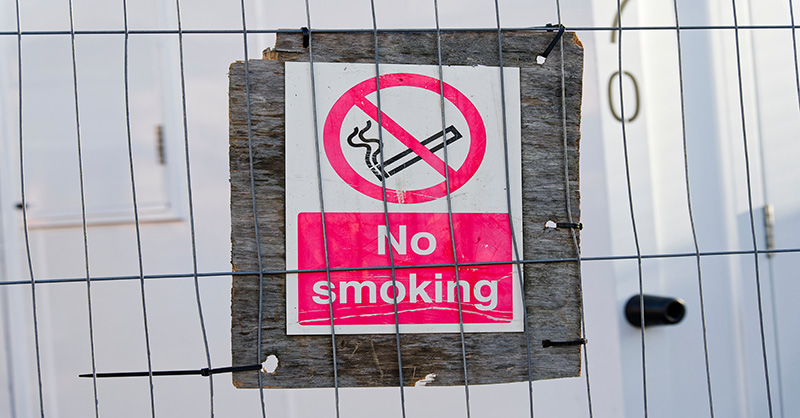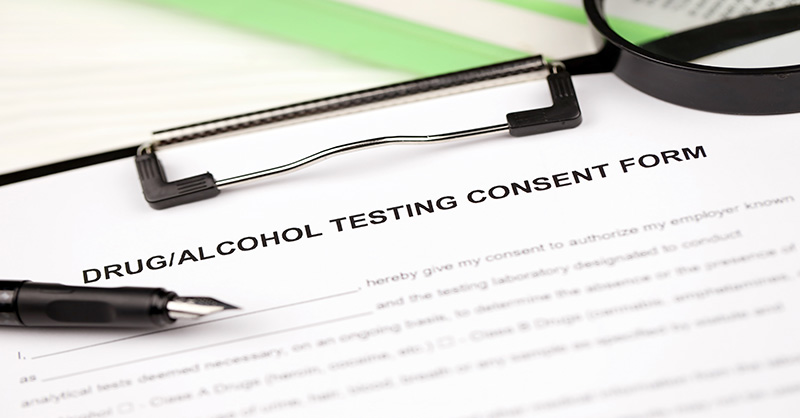Why You Should Be Listening To Your Safety Manager

If your organizational safety manager is not actively involved, then you are missing out on a great opportunity to help protect your assets and control your insurance expenses.
The COVID-19 pandemic, social inflation and distracted driving are some of the primary contributors to a hardening commercial insurance market, producing an upward trend in insurance costs. There is evidence of double-digit rate increases between one policy year to the next and evidence that some carriers are leaving certain organizational spaces altogether. Additionally, some organizations are finding it difficult to even secure insurance. This may be a challenging time to cover basic operational expenses.
The main driver of this trend can likely be attributed to the rise in costs associated with insurance claims. The increased amounts of dollars needed to close and/or settle claims can result in additional premium charged for insurance coverage. Insurance carriers are not immune to the same business principle that every other organization must follow. That is:
Your organization needs to have more revenue than expenses or it will find it increasingly difficult to stay open.
When natural disasters occur (i.e., wildfires, nuclear verdicts around abuse, automotive accidents and other allegations of negligence), it becomes clearer why insurance carriers find themselves in need of large rate increases to remain financially viable.
Simply put, if your organizational safety manager is not actively involved, then you are missing out on a great opportunity to help protect your assets and control your insurance expenses. Consider the following when trying to reduce insurance costs:
- Understand your policy and what it does/does not cover. To avoid surprises, engage your broker as needed with this step to help understand the terms and conditions of your policy. Know which losses your policy will respond to and which ones it will not and then plan accordingly. Identify exposures to loss that are considered critical and then eliminate or control those exposures.
- Establish needed operational policies and procedures and follow them. Everything we do has a certain level of risk. When considering your policy, an insurance underwriter wants to understand how well your organization is controlling your risks. Consider the following to achieve the best possible outcome:
- Establish best practices for controls.
- Establish a management system that measures how well your organization follows those practices and corrects situations when they are not being followed.
- Demonstrate that your organization is following these controls consistently and ensure the underwriter receives this information.
- Control your losses. Underwriters use loss runs as a way of measuring risk performance. Oftentimes, the frequency of smaller events is a leading indicator that more severe claims may occur. Use organizational loss trends to identify areas for improvement and then address those areas to eliminate those loss drivers.
Remember that you are trying to give your organization the best chance to reduce insurance costs and every little bit can help. If you have not already, take this opportunity to sit down with the safety manager at your organization and talk about major loss areas such as the following:
- Driver and fleet safety
- Fire prevention
- Third-party liabilities and risk transfers
- Building and grounds maintenance
- Abuse prevention
- Business continuity planning and emergency response
- Aquatic safety
Take time to understand where your organization may be vulnerable and develop effective controls for those vulnerabilities. Too often, Loss Control professionals find solid plans and programs in place in vinyl binders in the office only to find a lack of implementation in the operation. Identify gaps between your organizational policies and procedures and your real-time operations and then close those gaps. Review your organizational losses to identify areas with unsatisfactory results so you can take the necessary actions to improve results.
You should understand that the success of your effort depends on the participation of everyone in your organization. Everyone can be a champion for safety and risk management. Everyone plays a part in how efficient and safe your organization is. Apply all policies and procedures consistently in every area of the organization and hold nonconformers accountable. This is where your organization can create a safe environment, help prevent losses and enjoy the benefit of strong risk management controls.














